[Last updated 1/18/25 12:23 PM PT—When I posted this, I was dumb and still new to Southern California. What I didn't realize is that there were two airparks right next to each other, and the one I was at was not Blackbird Airpark—but Joe Davies Heritage Airpark. I returned to the site today and realized my error, so I've corrected it below and added new photos from Joe Davies and photos from the actual Blackbird Airpark.]
I was heading down to Vasquez Rocks to meet up with my fellow falconry spectators, but I decided to detour in nearby Palmdale to check out the Joe Davies Heritage Airpark
Little did I know it doesn't actually open until 11 a.m.
Little did I know the gate would be open for some kind of overnight fundraising event, and they would let me in anyway!
It always pays to try.
The woman who let me in asked, "Are you a student?...Or...do you just like planes...?"
"I just like planes," I said.
"Good girl," she said.
Some of the aircraft on display fought in the Canadian Air Force, like the "experimental" N91FS (F-86F-30), whose first flight was in April 1954.
Others were used in the U.S. Air Force Air Combat Command...
...and other missions (including as interceptors)...
...from the 1950s...
...through the Cuban Missile Crisis in 1962...
...and beyond.
Many of these planes were manufactured locally by Lockheed.
The Model 143-Triumph is a relatively recent acquisition, and never made it past its flight test program: an all-composite aircraft, it took its first test flight in 1988, and after 100 hours of flight tests, was tested to over 41,000 feet at speeds up to .69 Mach, and then the All Composite Aircraft program was cancelled, forcing the Triumph into retirement before ever assuming active duty.
The Lockheed-manufactured T-33, on the other hand, made its way to several USAF bases across the U.S. between 1952 and 1965...
...state-hopping from Burbank, CA to Texas, New York, Ohio, New Hampshire, Massachusetts, Wisconsin, Montana, and Minnesota before being "dropped from inventory" and transferred to "museum status."
Most of these planes are in amazing, restored condition. But it's interesting to see the wear and tear...
...despite often having been only in Air Reserve flying centers.
[Update 2025]: There are other planes from the U.S. Army, Marines, and NASA missions throughout the park...
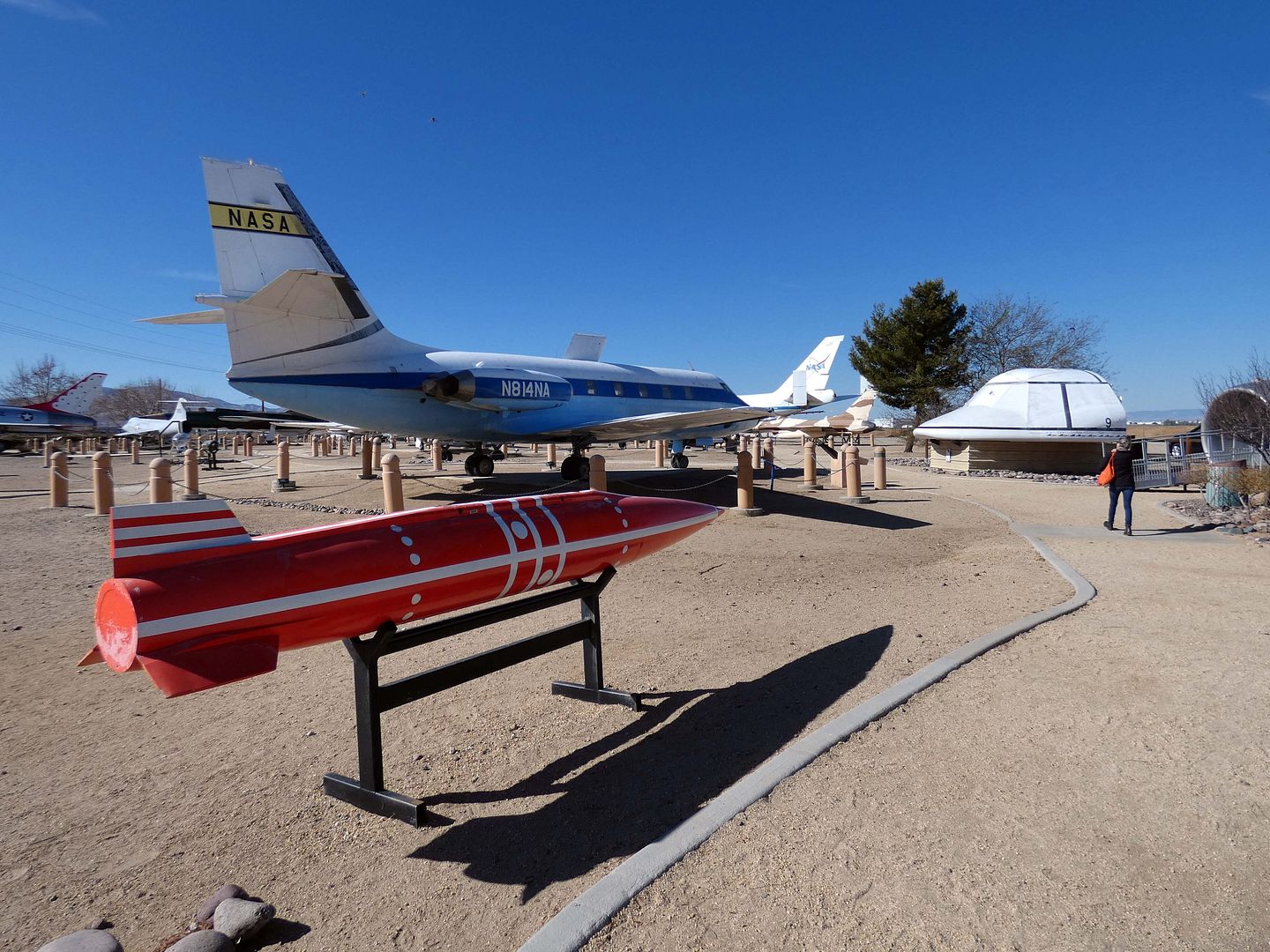
...like the Lockheed JetStar, used at Dryden Flight Research Center (now NASA Neil A. Armstrong Flight Research Center) from the 1960s to the 1980s.
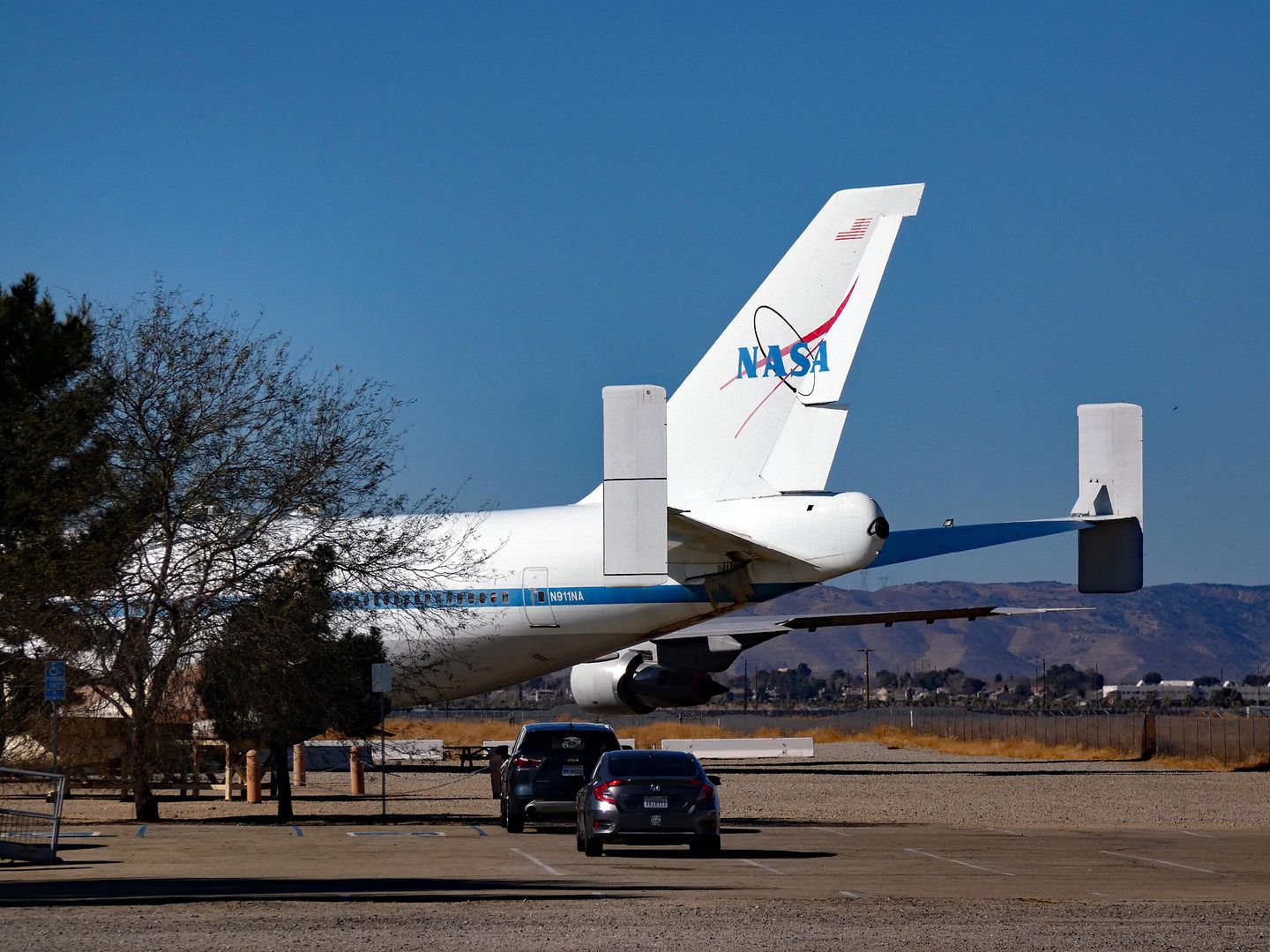
NASA's Boeing 747 Shuttle Carrier Aircraft, as the name implies, was used to carry space shuttles—most often, back from their landing sites to Kennedy Space Center.
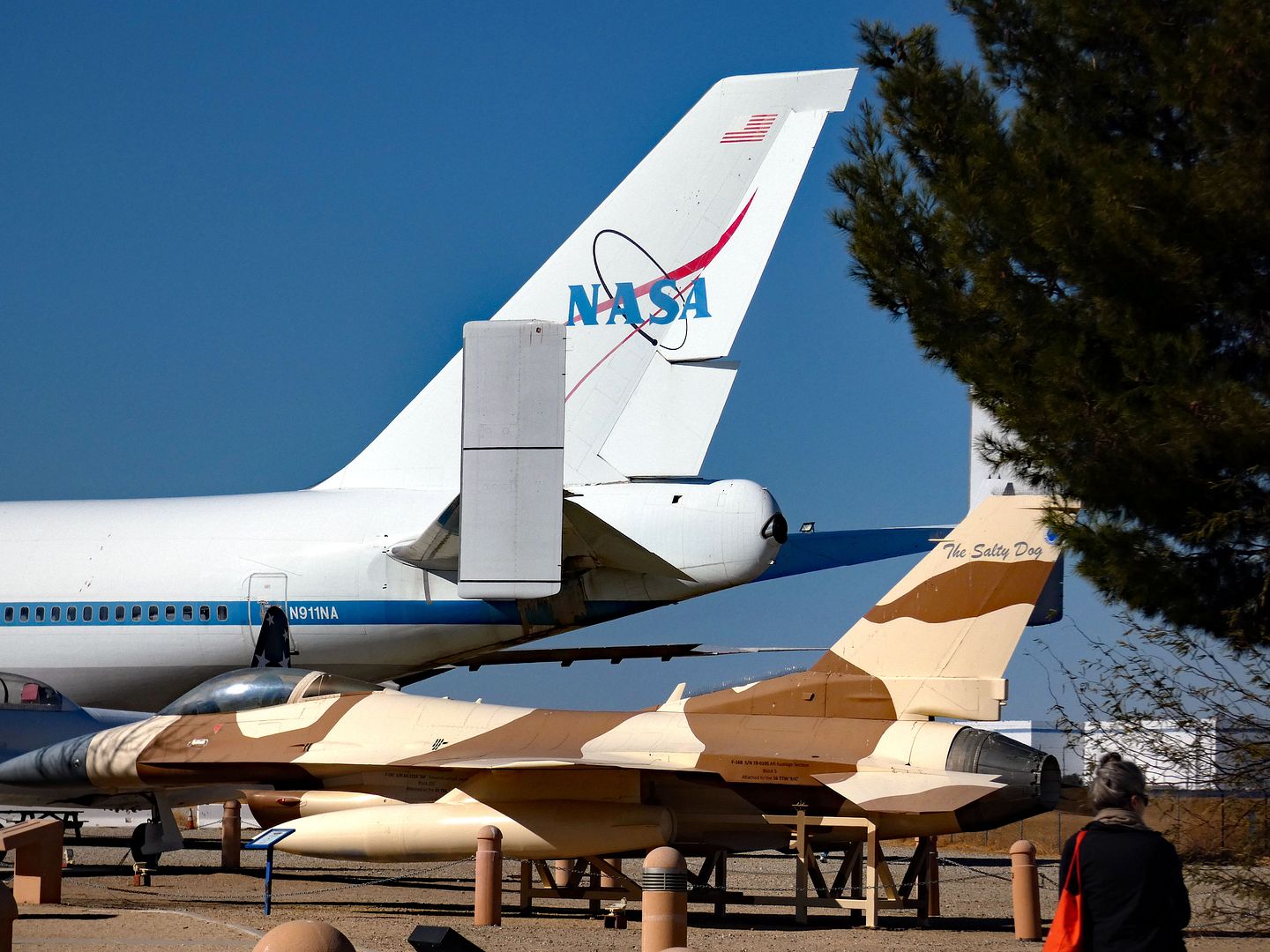
But in 1990, it ferried the Endeavour space shuttle from its manufacturing facility in Palmdale, California to Kennedy Space Center. NASA originally acquired it from Japan Airlines' surplus stock; Joe Davies Heritage Airpark added this highly modified version to its collection in 2014.

Blackbird Airpark next door is named after Lockheed's Blackbird (above)—the retired spy plane SR-71, which reached a speed of Mach 1.5 during its maiden flight from United States Air Force Plant 42 at Edwards Air Force Base (essentially next door) in 1964.
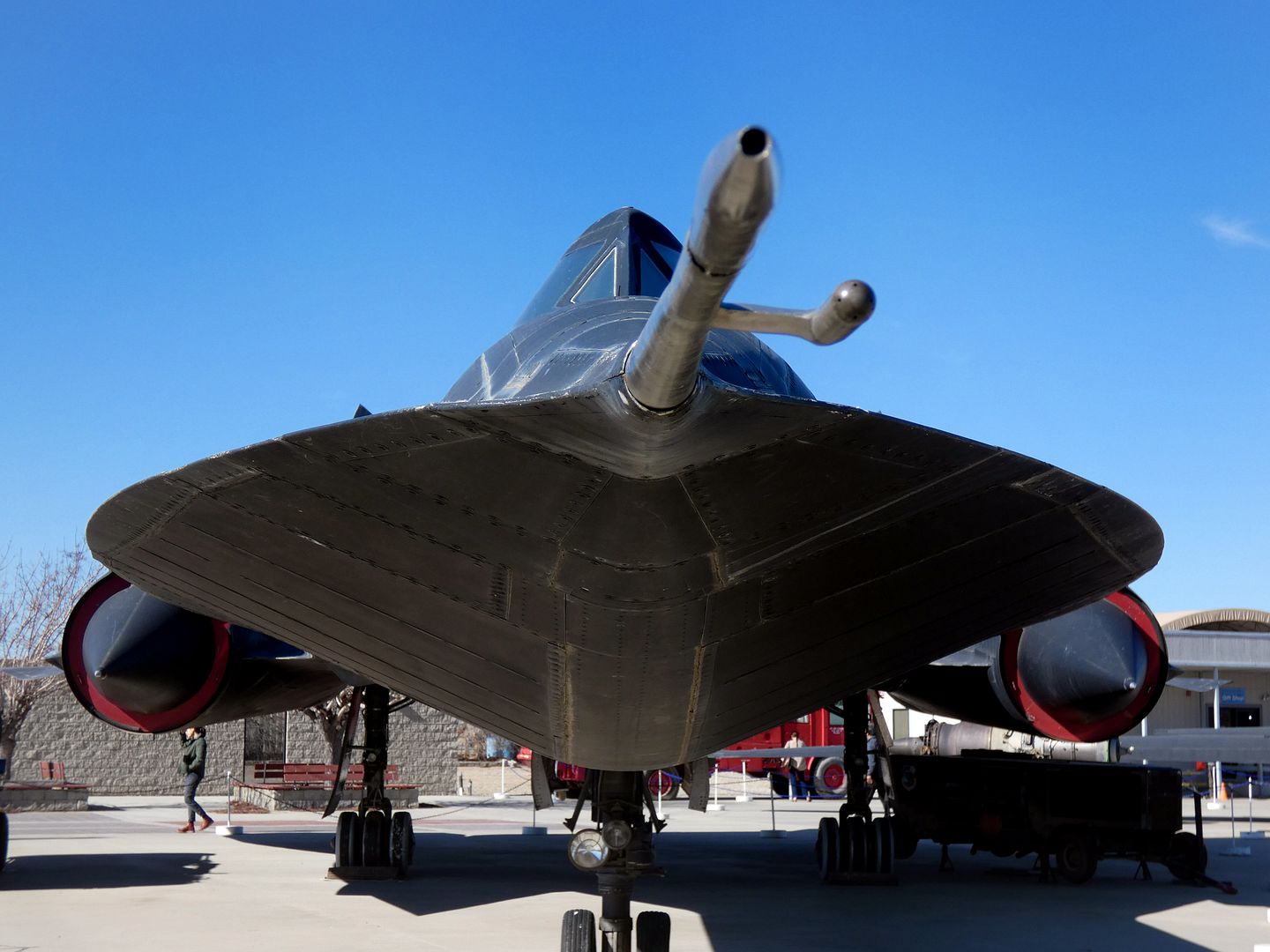
Its maximum speed is Mach 3.2 (2122 mph) at 85,000 feet (which is as high as it goes), making it "the fastest plane on earth."
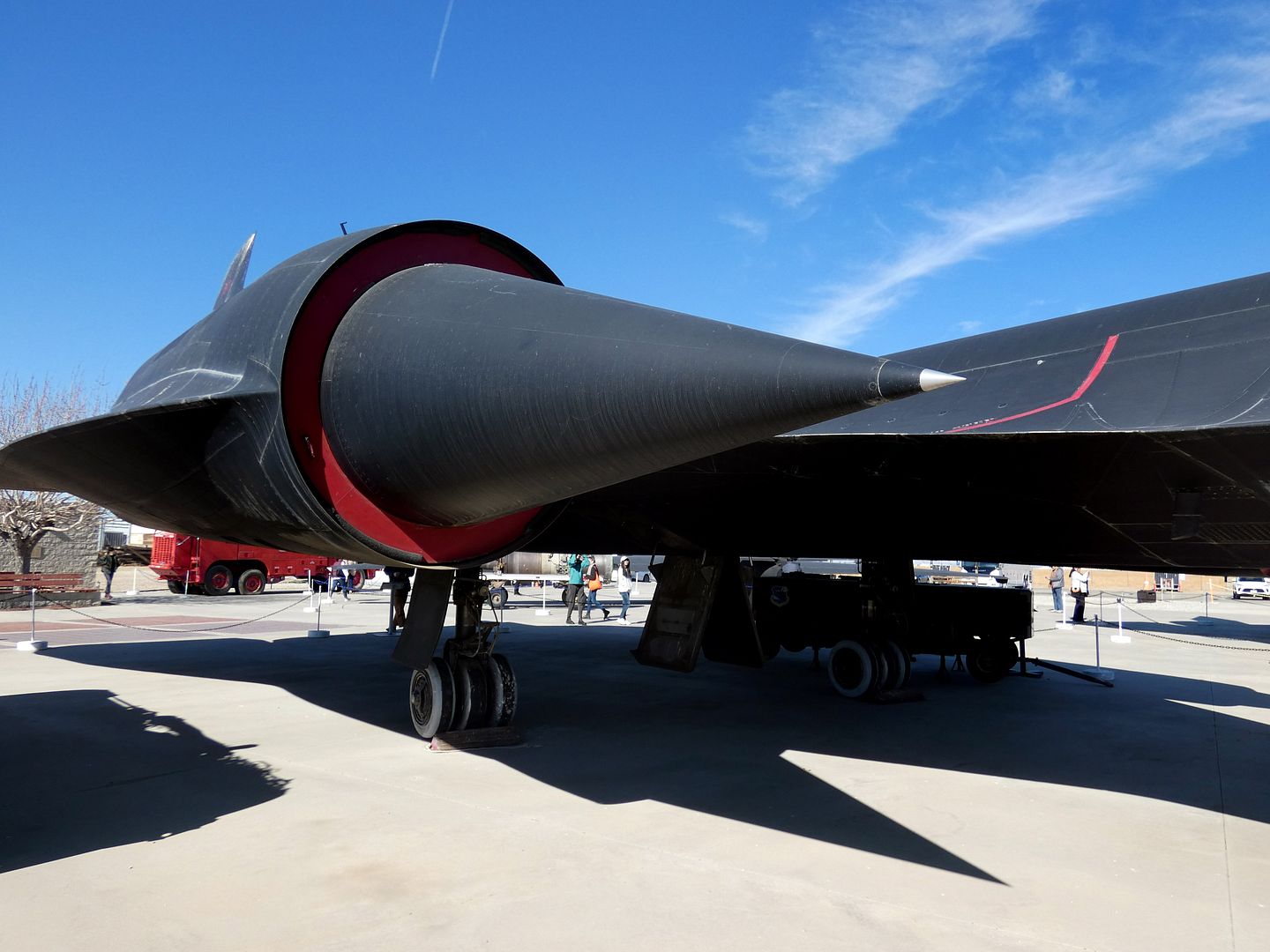
In 1990, it flew a record-setting 2404 miles in 68 minutes and 17 seconds.
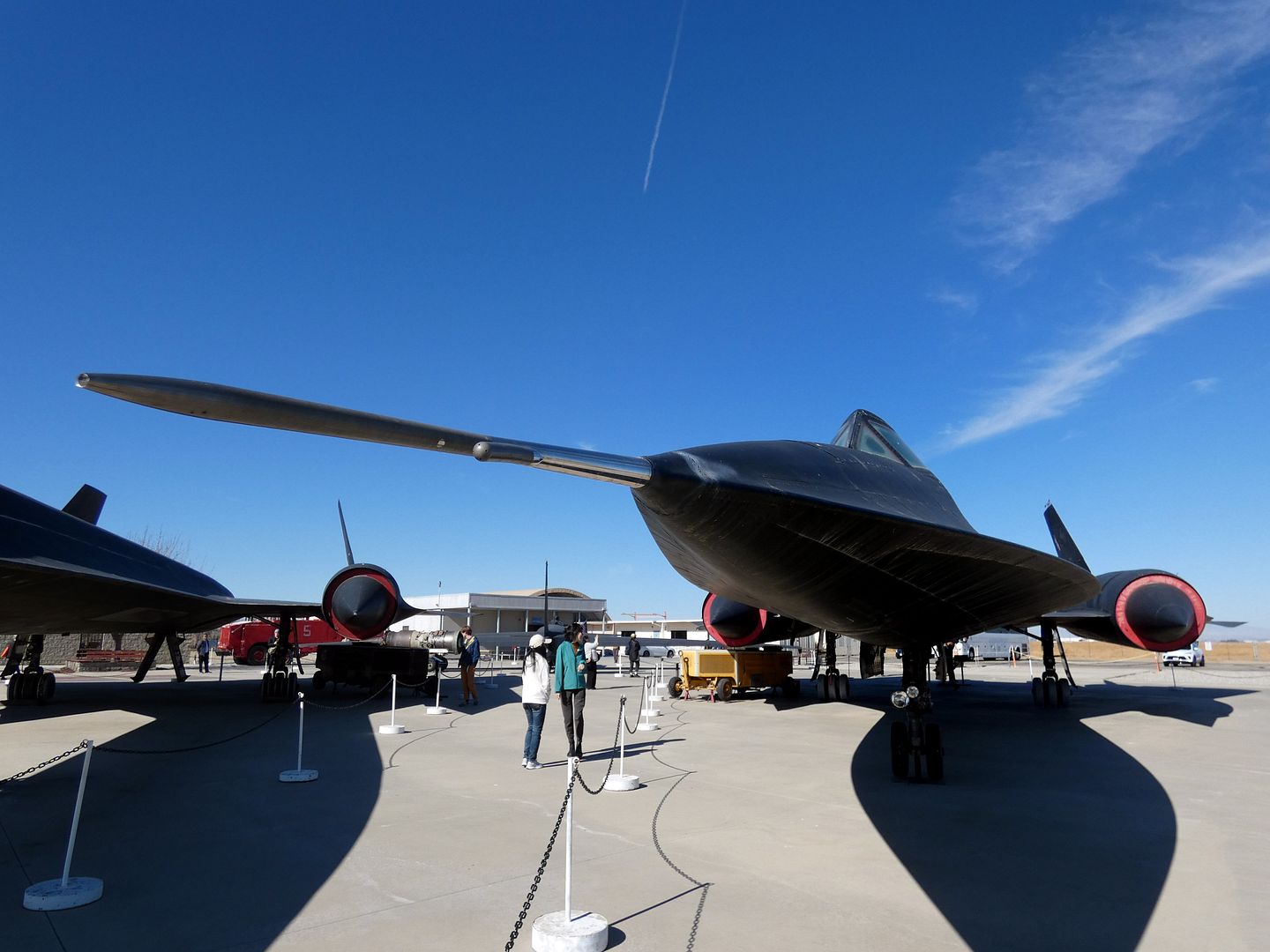
There's another plane in the Blackbird class, too—the predecessor to the SR-71, Lockheed's A-12. It was just a little slower at Mach 3.35 max (2211 mph) and couldn't fly as far without refueling (2500 mi for the A-12 versus 3250 mi for the SR-71), but it could fly at a higher altitude (95,000 feet).
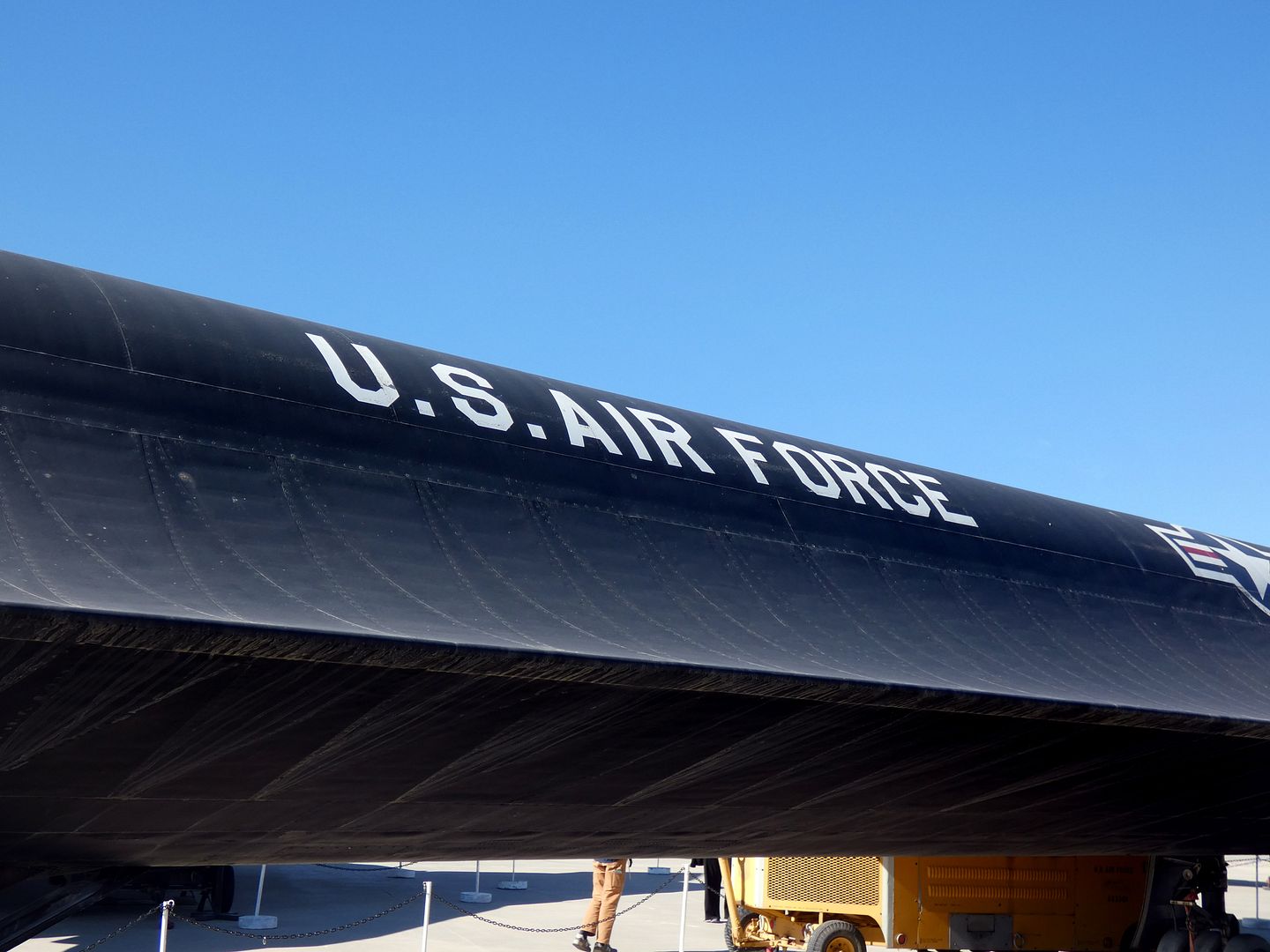
Although its active duty was decades ago (its maiden flight was 1962), what it did and what it was used for is still ultra-secret. But the prevailing theory is that it was used for CIA missions—and simply disguised as a U.S. Air Force plane.
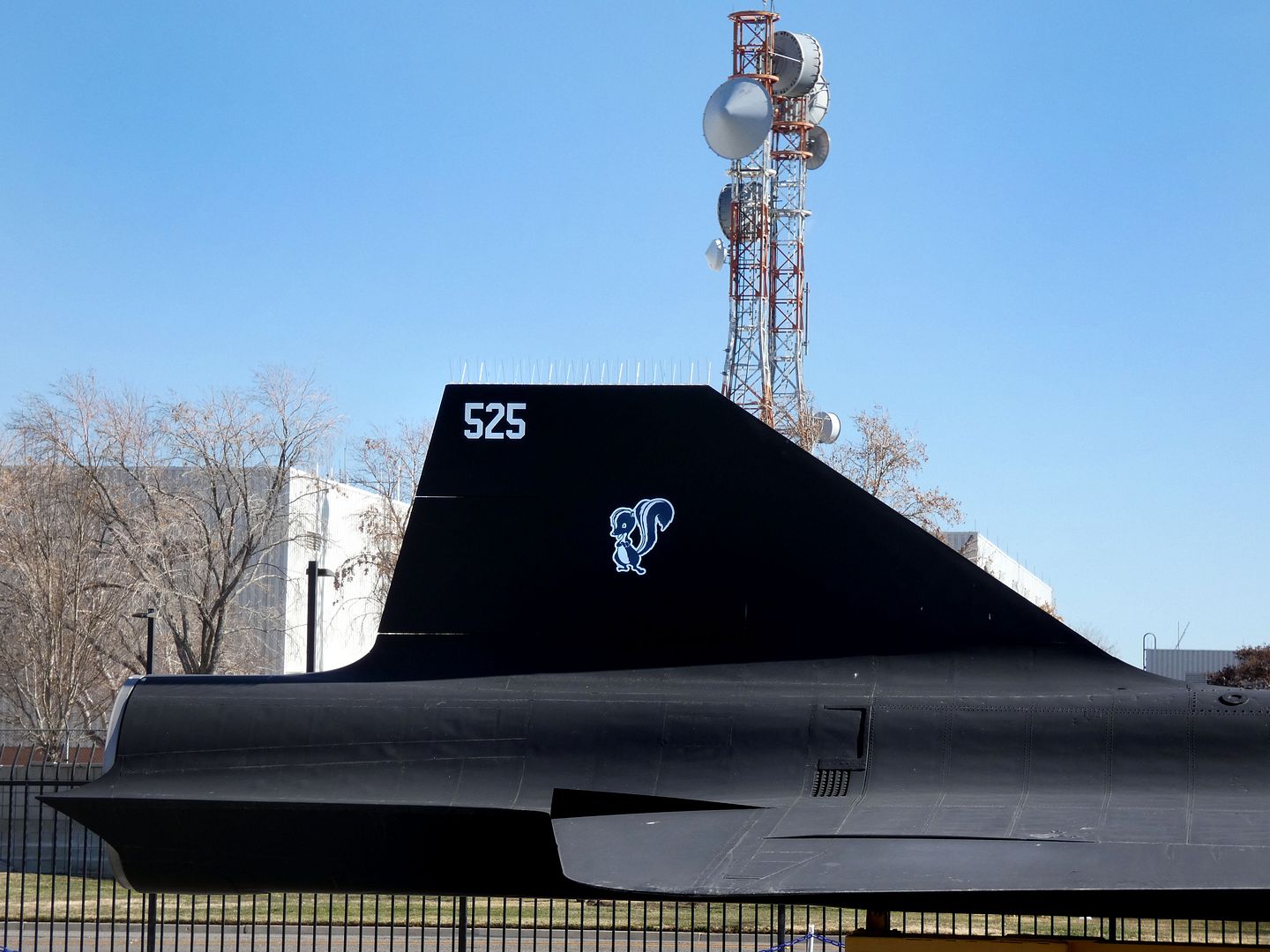
The A-12 (later renamed the M-21) was meant to be a "mother ship" to carry Lockheed Skunk Works' D-21 Drone—an unmanned aircraft that would launch off the Blackbird and then fly over high-risk areas, in theory, without endangering a human pilot. But its fourth test launch proved fatal when the drone collided mid-air with the M-21, killing its controller on board the drone carrier craft.
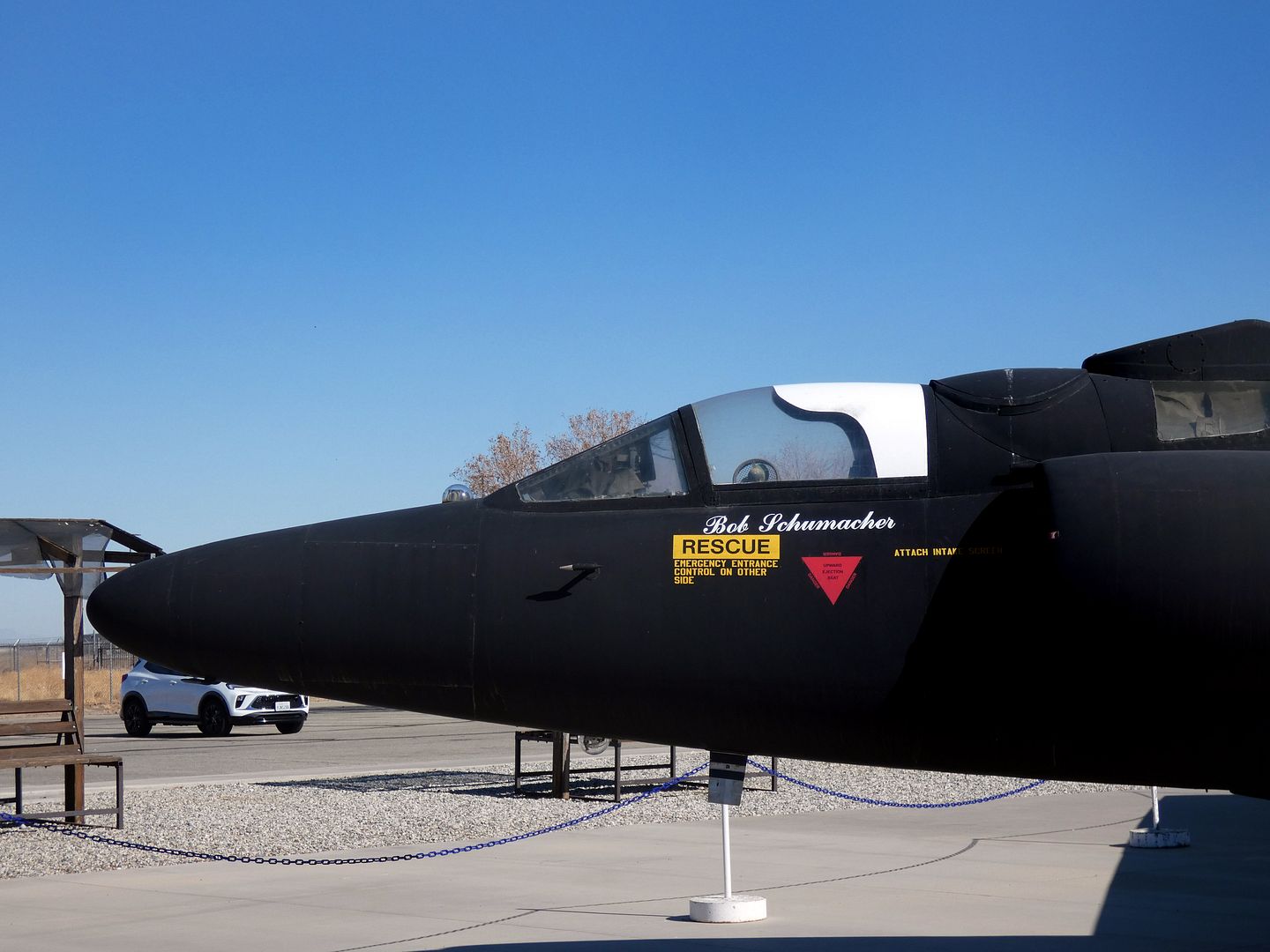
More can be seen at the Air Force Flight Test Museum on Edwards Air Force Base (a new location of which is under construction with an estimated opening in 2026. In the meantime, admission to the current museum is extremely restricted (not open to the general public), and cameras (and camera phones) are not allowed. (Not sure what the policy of the new place will be.)

No comments:
Post a Comment